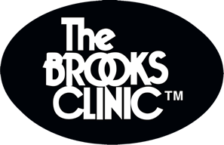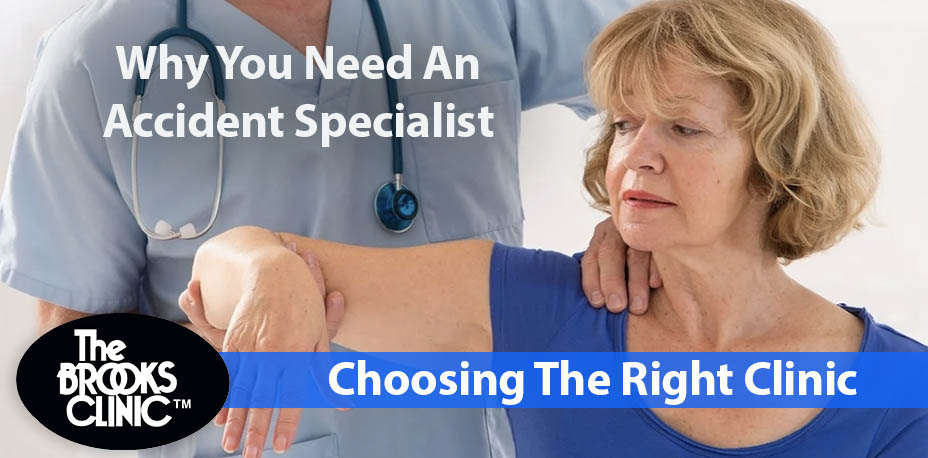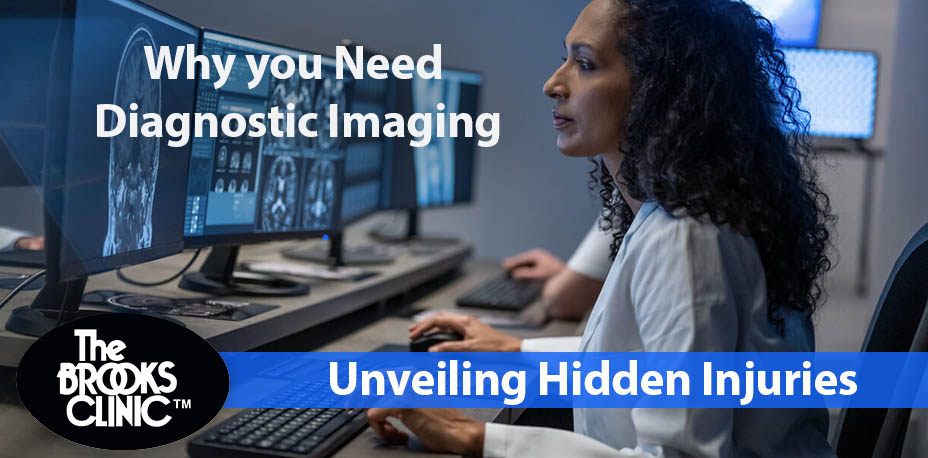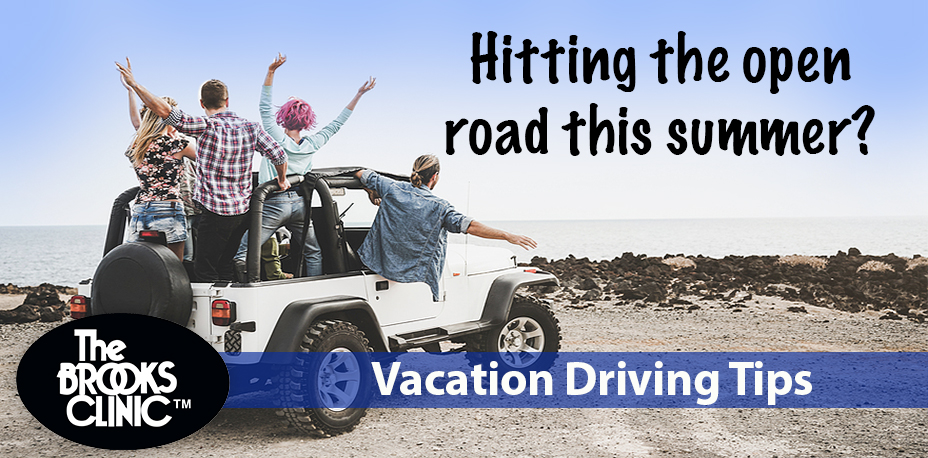A T-bone accident can be a scary and ugly sight to see. As you know, a T-bone car accident is one where one vehicle strikes another on its driver’s side. Damage is caused when the side of the vehicle hits the front end of an oncoming vehicle. This type of accident sometimes involves an injury if the driver does not wear a seat belt. The problem that most people have in these situations is that they do not know what to do after one of these accidents.
What Is a T-Bone Accident?
A T-bone accident is a collision in which the front of a car collides with the side of another vehicle, usually at a 90-degree angle. These types of accidents are often caused by distracted drivers not paying attention to the road. The most common cause of these types of accidents is distracted driving. Other common causes include:
- Speeding
- Driving under the influence (DUI) or driving while intoxicated (DWI)
- Stopping at an intersection without first looking both ways
- Driving too fast for conditions such as weather or road construction
- Failure to yield right-of-way or following too closely
Type of injuries from a T-Bone accident
The following are some of the most common types of injuries you can expect after a t-bone accident:
Whiplash
Whiplash is a neck injury that occurs when your head snaps forward and backward, which stretches the ligaments in your neck. The damage to the ligaments can cause headaches, dizziness, muscle spasms, and other symptoms.
Paralysis
Paralysis is the loss of movement or feeling part of your body. If you are injured in a car accident, it may damage nerves or spinal cord tissue. Paralysis can be temporary or permanent.
Spine and neck injuries
Spinal cord injuries are among the most severe bodily harm after a t-bone car crash, and they can lead to paralysis or weakness in the arms and legs. Neck injuries include sprains, strains, and fractures.
Concussion or other head injuries
Concussions (Traumatic Brain Injury) are among the most common head injuries sustained in car accidents. They’re caused by sudden trauma to the head that causes brain injury without breaking a bone (concussion) or bleeding inside the skull (intracranial hemorrhage). Other head injuries include contusions, lacerations, and hematomas (bruising).
What to do if you’ve been in a T-Bone accident
If you’ve been in a t-bone accident, here’s what to do:
- Check for injuries. If you are not injured, do not move the other vehicle. Get out of your car and make sure everyone is okay.
- Call 911 if anyone is injured or trapped inside the vehicle.
- Take pictures of the scene and vehicles involved in the accident (front, back, and sides) as soon as possible after the accident happens. Take pictures of any damage to your vehicle or injuries sustained by you or any other people involved in the crash.
- Record any details about the accident and injuries sustained by those involved to help support your claim later down the road if necessary (i.e., “I hit my head on my steering wheel”).
- Exchange information with all parties involved, including driver’s license number, insurance information (or policy information), name, address, and phone number for each party involved in the crash.
How the pain from a T-Bone accident may feel different
Joshua Henry MD, an interventional pain doctor at The Brooks Clinic says that may patients don’t feel pain right way due to the flood of adrenaline that hits their body during an accident. Those patients often feel worse on the second or third day – or even a week later. After the soreness sets in, patients often have a few complaints that we didn’t see previously. He says “it’s important to stay on top of your pain early so that we can start preventive measures. We’ll look at MRI studies and consult with a specialist when we need additional specialty care. Number one is, catch the damage early!”
Conclusion
A T-Bone accident is usually very severe and requires careful treatment by a reputable auto injury clinic. Don’t trust your care to just any clinic. Here at the Brooks Clinic we focus on getting you thoroughly checked and follow that with a comprehensive treatment plan. We’re a one-stop shop for all related treatments and scans. Visit one of our locations near you or give us a call at (405) 943-0303 to schedule an appointment.




